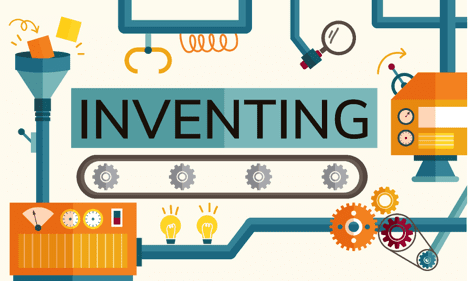The National Association of Corrosion Engineers (NACE) was established in 1943 by eleven corrosion engineers from the pipeline industry, and now serves nearly 36,000 members in over 130 countries. In its comprehensive 2016 “International Measures of Prevention, Application and Economics of Corrosion Technology (IMPACT)“ study, NACE estimates the global cost of corrosion to be $2.5 trillion, equivalent to roughly 3.4 percent of the global Gross Domestic Product (GDP). The study found that implementing corrosion prevention best practices could result in global savings of between 15-35% of the cost of damage, or between $375-875 billion.
As noted in the IMPACT study, corrosion presents a costly challenge across many industry verticals, including: Aerospace & Defense, Automotive, Energy, Marine, and more. MarketsandMarkets reports that the global anti-corrosion coating market was estimated to be worth $24.84 Billion in 2017 and is projected to reach $31.73 Billion by 2022, at a compound annual growth rate (CAGR) of 5.0% from 2017 to 2022. BCC Research provides a comparative market sizing analysis, estimating that the global market for anti-corrosion coatings should reach $31.0 Billion by 2022 from $23.3 billion in 2017 at a CAGR of 5.9%, from 2017 to 2022. From a regional perspective, analysts forecast that the Asia-Pacific market for anti-corrosion coatings is expected to grow the most quickly, from $13.9 billion in 2017 to $18.8 billion in 2022 at a CAGR of 6.2%, whereas the North American market for anti-corrosion coatings is expected to grow from $3.1 billion in 2017 to $4.2 billion in 2022 at a CAGR of 5.8% during the same period. Frost & Sullivan also sheds light on the growth of this market in the Asia-Pacific region, and credits the infrastructure boom and rising urbanization as drivers in this space. Furthermore, end-user industries such as water and wastewater, manufacturing and commercial architecture are growing quickly in this region.
Growth within the global market is broadly attributed to rising losses due to corrosion coupled with the growth of end-use industries such as power generation and automotive & transportation. The power generation segment is anticipated to be the fastest-growing end-use industry within the global anti-corrosion coating market due to the rise in demand for harnessing renewable energy sources and the corrosive nature of industrial equipment. Given the potential costs of corrosion, investments are being made in corrosion monitoring and mitigation. MarketsandMarkets reports that the global corrosion monitoring market is expected to reach $297.8 Million by 2021, at a CAGR of 9.1% between 2016 and 2021 with the oil & gas segment making up the majority of this market.
In terms of firms working in this space, AkzoNobel N.V. (Netherlands), PPG Industries, Inc. (US), Axalta Coating Systems Ltd. (US), BASF SE (Germany), The Sherwin-Williams Company (US), Ashland Inc. (US), Hempel A/S (Denmark), Jotun (Norway), RPM International Inc. (US), and Kansai Paint Co., Ltd. (Japan) are all seen as major players in the development and production of anti-corrosion coatings and mitigation methods.
Looking for more? Registration is open for Corrosion 2020 taking place March 15-19, 2020.
Posted on October 23, 2019 by Eliza Gough








